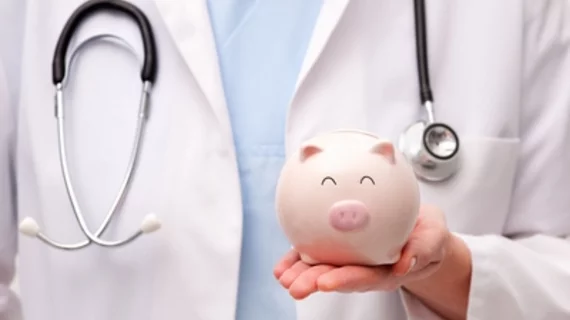National health spending grew by 3.9 percent in 2017, about 1 percent slower growth than the previous year, according to the Office of the Actuary at CMS. Total healthcare spending reached $3.5 trillion in 2017, or $10,739 per person.
The overall growth in spending was below the 4.2 percent growth of the overall economy in 2017, and healthcare spending made up 18 percent of the economy.
Medicare spending grew at about the same rate from 2016 to 2017, around 4.2 percent, but Medicaid spending growth slowed to 2.9 percent in 2017, compared to 4.2 percent in 2016.
Slower spending growth was led by hospital spending, which makes up 33 percent of total spending, physician and clinical services spending (20 percent of total spending), and retail prescription drug spending (10 percent of total spending).
Hospital spending dropped from 5.6 percent growth in 2016 to 4.6 percent in 2017, according to the data. This change was driven by slower growth in the use and intensity of services. Physician and clinical services spending grew 4.2 percent to $694.3 billion in 2017, down from 5.6 percent growth in 2016 and 6 percent in 2015.
Retail prescription drug spending increased by just 0.4 percent in 2017, to $333.4 billion. The drop in spending growth was significant, compared to 2.3 percent growth in 2016, 8.9 percent in 2015 and 12.4 percent in 2014.
“Retail prescription drug spending growth slowed in 2017 primarily due to slower growth in the number of prescriptions dispensed, a continued shift to lower-cost generic drugs, slower growth in the volume of some high-cost drugs, declines in generic drug prices, and lower price increases for existing brand-name drugs,” according to the Office of the Actuary.
See all the numbers here.

